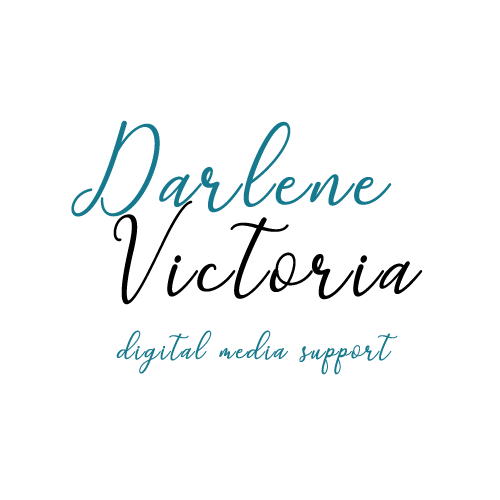Stop Reinventing the Wheel: Think Repurposing
I’m going to teach you how to take one episode and repurpose its content ten ways.
Yes, ten! Too often I see podcasters letting audience reach opportunities slip through their fingers like grains of sand. Today that stops.
I know you’re working hard to create an informative and entertaining show. It makes natural sense to market each episode in a vary of ways to reach more listeners.
Repurposing is a smart way use your content in different ways. Follow this handy checklist to comb through each episode for ways to repurpose and reuse:
1. Show Notes
These episode summaries carry so much weight with search engine optimization plus they help a listener get excited about the topic and want to listen. Just as a book’s back cover describes the book, the show notes entice listeners to click the Play button. When writing show notes, include keywords, links, and resources mentioned during the episode. Each of the elements are words someone may search for on Google and these searches become bread crumbs to lead back to your episode (and website).
2. Transcript
As the popularity of podcast listening continues to climb it’s essential to make your show friendly for all listeners including those with accessibility disabilities who may need to read the transcript if they are vision or hearing impaired. Transcripts, similar to show notes, also pack a big punch when it comes to feeding search engines more content to index and lead listeners back to your episode’s web page. TIPS: Be sure to proofread these and don’t hesitate to do some light editing, if needed. Transcripts can be the beginnings for a future lead magnet.
3. Social Media Posts
While some may write one or two social media posts with a link to listen here, I want to challenge you to write no fewer than 3-5 social media posts. Use pull quotes or expressive sentences. To help you spot the potential posts: grab a highlighter and the transcript for ideas for what can become social media posts. Highlight the key sentences. You may need to do a bit of editing but you won’t be starting from scratch. Depending on your topic, and whether you usually interview guests, you may even be able to write 10 social media posts! Schedule these posts out across several weeks.
BONUS TIP: After you’ve scheduled the posts, mark your calendar and schedule these same posts again in 3 months’ time. Here’s why: You will always be adding new listeners from your marketing efforts. The new listeners will appreciate learning about your archived episodes. Memories are short. Three months is a good time period to recycle social media posts to highlight your archived episodes or series and introduce the topics to your newest followers or refresh the memories for your long-time audience.
4. Social Media Graphics
The experts agree images on social media get more attention than a words-only type of post. Get in the habit of making some graphics. Share these across your social media channels, in your newsletter, on your blog, and if you interview guests, ask your guest to share your graphics with their list or social media followers.
5. Blog Post
Reach for your show notes summary and determine which one or two areas can be expanded into a full blog post. Your blog post should recap the entire episode, not be like the word-for-word transcript. Remember to add a link in your blog post to listen to the full episode to learn more. You’ll be creating inbound links between the blog post and episode web page. This is a good SEO practice plus it helps your audience find more information if they discover the blog post and may not realize you host a podcast.
6. Infographic
Infographics are a visual aid to deliver information or tell a story in a concise, compact way. The appeal is the graphic can be scanned and consumed quickly. Have a topic with an abundance of statistics or other data points? Put this info in a graphic where you can use a graph or chart to show increases and decreases. Canva has numerous infographic templates to inspire your creativity.
7. Checklist
If your episode explains specific steps to doing something or explains a sequence for how to progress through something, these types of things are perfect for a checklist. For instance, when I explained how to highlight potential social media posts from the transcript, this would make a good checklist.
8. Audiogram
Take audio soundbites from the show to create teasers to entice people to want to listen to the whole episode. TIP: If you want a refresher on creating audiograms read my blog post where I take you through everything step-by-step.
9. Email Marketing Message
Use key phrases from the content to write your email marketing message to share with your list. Use pull quotes or expressive sentences. These email messages can invite your subscribers to listen to the full episode or highlight a related course or product or service.
10. Free Lead Magnet
Similar to using the content to write email marketing messages, review the episode content to decide if you have the bones of a new lead magnet in front of you. You may need to add some content from another episode or resource. Or, you may be lucky and have everything you need from this one episode. TIP: Transcripts, checklists, and infographics are a few ready-made ideas for lead magnets. You can also bundle several episodes together for a course or product.
I hope you’re thinking about your content in new, creative ways. When you multiply the content of all the episodes you create in a single series, suddenly, you realize how much content is available for repurposing. Your team will appreciate not having to think of up new content. A huge quantity of what you need can be found in each episode…just waiting to be repurposed.
